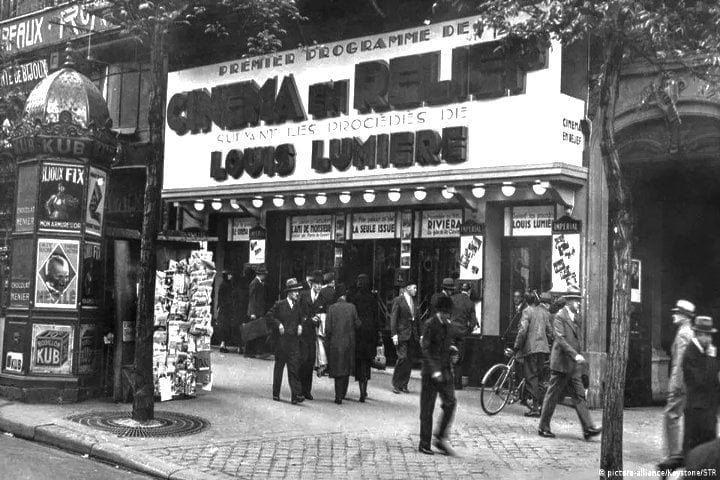- Exploring the Fascinating History of Cinema
- Pioneers of Cinema: Knowing Legendary Filmmakers
- A Comprehensive Guide to Genres of Films in 2024
Pioneers of Cinema
This article explores the pioneers of cinema, the filmmakers who established the foundation for the modern cinematic landscape. They introduced groundbreaking inventions, visionary storytelling, and innovative techniques in filmmaking that continue to inspire and influence filmmakers worldwide.
In This Article
The creativity and ingenuity of these visionaries, from the Lumière brothers’ invention of the motion picture camera to John Grierson and Robert Flaherty’s documentary filmmaking and Dada Saheb Phalke’s contributions to the art of filmmaking, are commendable.
Auguste and Louis Lumière
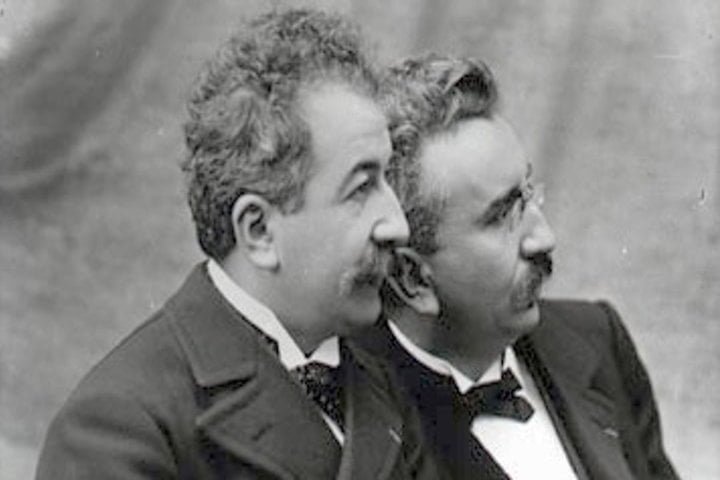
The Lumière brothers, Auguste and Louis, are widely recognized as the pioneers of cinema. They are credited with revolutionizing the art form and laying the foundation for modern filmmaking. Born in France during the mid-19th century, the Lumière brothers were innovative inventors and entrepreneurs who made significant contributions to the development of cinema.
Their most notable achievement came in 1895, when they invented the Cinématographe, a motion picture camera and projector that could capture, process, and project moving images onto a screen. This invention marked the birth of cinema, enabling the Lumière brothers to hold the first-ever public screening of films.
The Lumière brothers’ Cinématographe captured the world’s attention and audiences’ hearts with its simplicity and realism. Their early films, such as “Workers Leaving the Lumière Factory” and “Arrival of a Train at La Ciotat,” mesmerized viewers with their depiction of everyday life. These films were a true testament to the transformative power of moving images, captivating audiences worldwide.
The Lumière brothers’ legacy goes beyond their technical innovations. They were responsible for establishing film as a popular form of entertainment and a powerful medium of artistic expression. Auguste and Louis Lumière are celebrated as true pioneers of cinema, whose visionary inventions continue to influence and inspire filmmakers around the world.
John Grierson
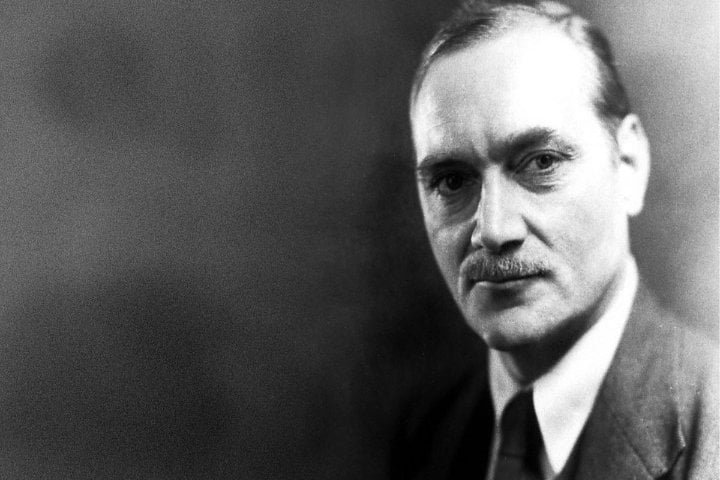
One of the pioneers of cinema, John Grierson, is recognized as a master in the field of documentary filmmaking. He is often referred to as the “father of British documentaries.”. He was born in Scotland in 1898 and was an innovative filmmaker, educator, and advocate for using film as a means of promoting social change.
Grierson’s legacy lies in his unwavering dedication to the documentary genre. In the 1920s and 1930s, he used his influence and talents to shape the ideology and aesthetics of documentary filmmaking through his written works and film productions.
He was the driving force behind the establishment of the British Documentary Film Movement, which championed the power of documentaries to inform, educate, and inspire audiences about social and political issues.

Under Grierson’s leadership, the British documentary movement produced groundbreaking films such as “Drifters” (1929), “Night Mail” (1936), and “Coal Face” (1935), which depicted the lives of working-class people and highlighted social injustices.
These powerful films not only showcased Grierson’s artistic capability but also set a new standard for documentary filmmaking by combining creativity with a strong social message.
Grierson’s influence extended far beyond his own projects. He served as a mentor and role model for countless filmmakers who went on to make significant contributions to the documentary genre, both in Britain and beyond. His teachings and principles continue to guide the field of documentary filmmaking, highlighting the importance of using film to spark social awareness, promote social reform, and explore diverse cultures.
Robert Flaherty
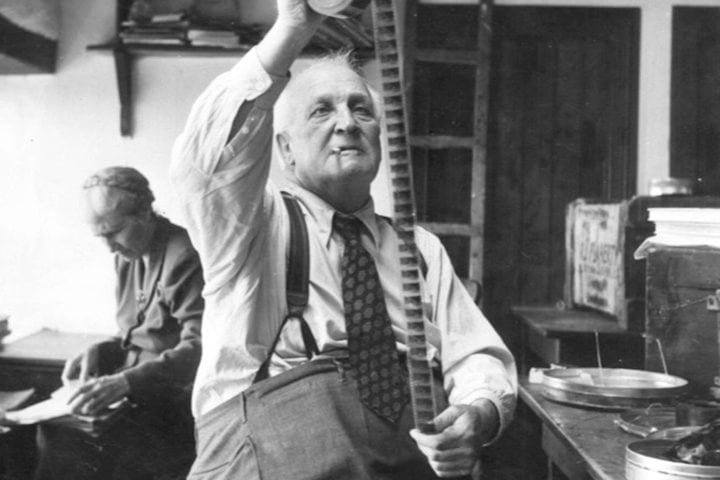
Robert Flaherty is considered one of the pioneers of cinema and is often referred to as the “father of documentary films.” Born in Michigan, USA, in 1884, Flaherty made significant contributions to the development of cinema through his innovative approach to filmmaking and his groundbreaking documentaries.
Flaherty’s most famous work is “Nanook of the North,” released in 1922. This film is considered the first feature-length documentary and is celebrated for portraying the Inuit people living in the Canadian Arctic.

Shot on location in the harsh conditions of the Arctic, “Nanook of the North” captured the daily struggles and successes of Nanook, his family, and their community with remarkable authenticity and humanity.
Flaherty’s filmmaking style was defined by his dedication to depicting reality and his immense respect for his subjects. He rejected traditional storytelling techniques and staged scenes, instead opting to immerse himself in the lives of those he documented and capturing their stories as they naturally unfolded on camera.

In addition to “Nanook of the North,” Flaherty’s other notable documentaries include “Moana” (1926), which explored the lives of the people of Samoa, and “Man of Aran” (1934), which depicted the lives of fishermen on the Aran Islands off the coast of Ireland. Flaherty’s films continue to capture the beauty and resilience of people in challenging environments.
Flaherty’s pioneering documentary work inspired filmmakers to explore real-world subjects with honesty, empathy, and artistic integrity. Documentary filmmakers worldwide continue to be inspired by his legacy, recognizing the power of cinema to shed light on human experiences and drive social change.
Dada Saheb Phalke
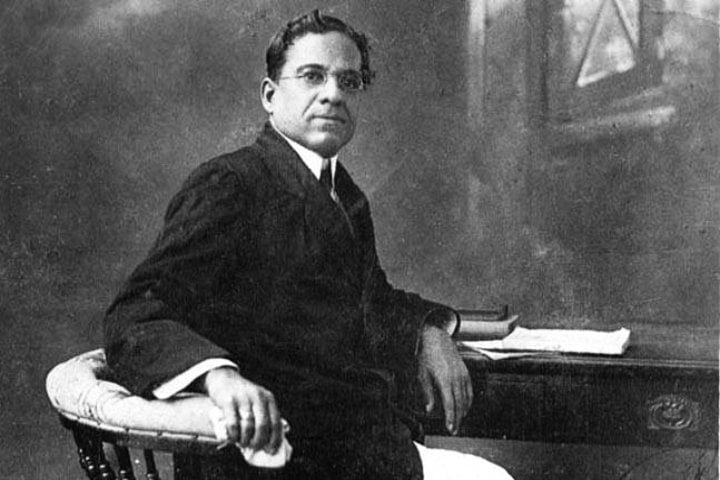
Dadasaheb Phalke, born Dhundiraj Govind Phalke in 1870 in Maharashtra, is widely regarded as the “father of Indian cinema.” Phalke’s pioneering contributions to the development of cinema in India are profound and enduring.
Phalke’s journey into filmmaking began after witnessing a screening of the silent film “The Life of Christ” in 1910. He set out on a mission to make India’s first indigenous motion picture because of the power of cinema.
Despite facing numerous challenges and setbacks, including financial constraints and lack of technical expertise, Phalke’s determination and vision led him to produce India’s first full-length feature film, “Raja Harishchandra,” in 1913.

“Raja Harishchandra” marked the birth of the Indian film industry and paved the way for the growth of Indian cinema. Phalke’s visionary storytelling, innovative techniques, and commitment to quality set a high standard for Indian filmmakers to follow.
Phalke’s film was a great success and established him as a pioneering filmmaker. Moreover, it laid the foundation for the Indian film industry to thrive in the years that followed.
Phalke went on to produce and direct several other landmark films, including “Mohini Bhasmasur” (1913), “Satyavan Savitri” (1914), and “Lanka Dahan” (1917). His films were characterized by their mythological themes, elaborate sets, and groundbreaking special effects, which captured the imagination of Indian audiences and left an indelible mark on the history of Indian cinema.
In addition to his filmmaking skills, Phalke’s contributions to Indian cinema also included the establishment of production companies and training institutes. These institutions played a crucial role in nurturing talent and promoting the industry’s growth. His unwavering dedication to filmmaking remains unparalleled in Indian film history, inspiring generations of Indian filmmakers
The Cinema section in the CUET UG 2024 Mass Media and Communication syllabus includes this topic.

